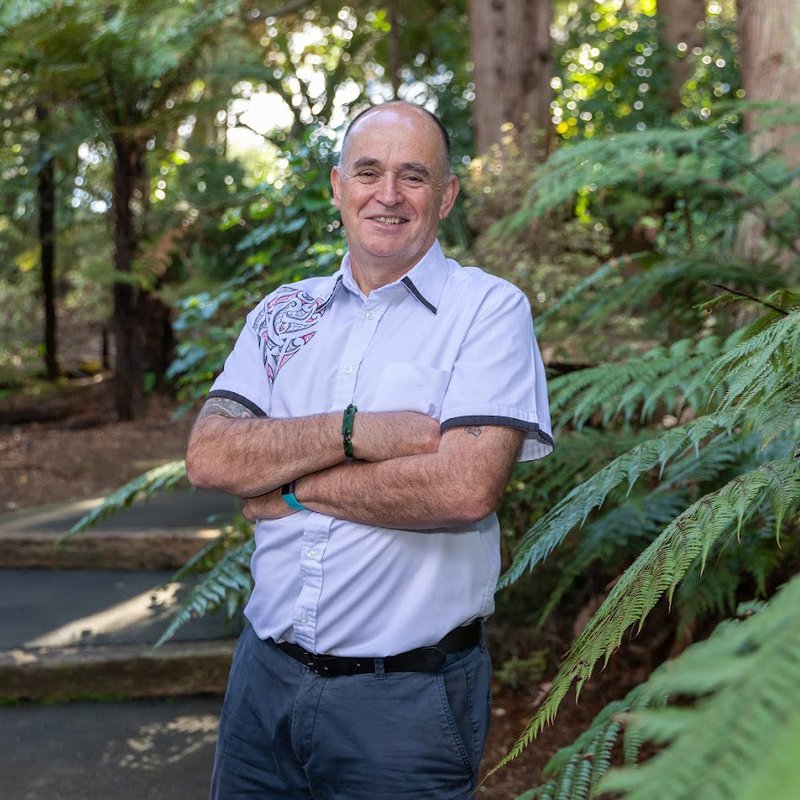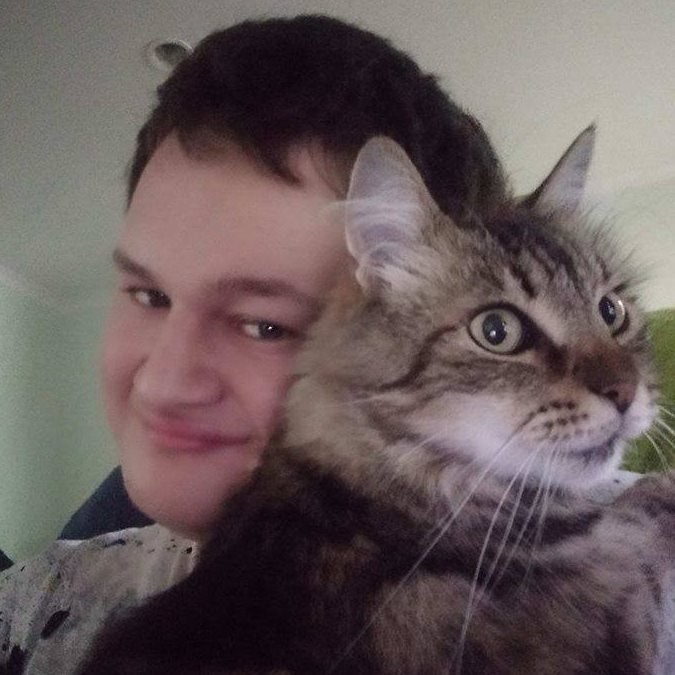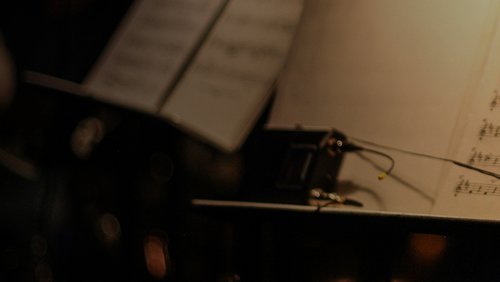17 Nov 2021
Mātauranga and kaupapa Māori are taking their rightful place in engineering. We talk to Dr Panos Patros about how software engineering is truly embracing these concepts and intending to prove through evidence-based research how they can strengthen the wider profession.
Dr Panos Patros (CPEng), is the current chair of Engineering New Zealand Technical Group – Te Tira Hangarau IT Engineers. Panos is also a Senior Lecturer and Deputy Head of the Department of Software Engineering at the University of Waikato.
Our conversation with Panos started after hearing that Te Tira Hangarau IT Engineers designated September as the celebrated Software Mātauranga month. This was to reinforce to their members that software is for the people.
In our chat, Panos discusses the technical group’s journey to find its te reo name, his understanding of mātauranga and kaupapa Māori – and how these are finding their way into software engineering and academia in general.
Kia ora Panos!
Can you start by giving an overview of Te Tira Hangarau IT Engineers?
Te Tira Hangarau IT Engineers is a new technical interest group of Engineering New Zealand. We formed just over a year ago and have close to 130 members.
Our goal is to represent information technology and professional engineers in the field. This includes anything around information engineering, software engineering, computer engineering, any sort of person who is dealing with having to write code professionally. We hope to represent them.

Dr Panos Patros
Tell us about the process of establishing a te reo name and why it was important for you that you engaged with Professor Rawinia Higgins?
Given te reo is an official language of New Zealand, I think every organisation in Aotearoa should be expected to have two names, one in English and one in te reo. We need to represent both languages.
The interesting thing with te reo is in many cases, it doesn’t work to do a simple Google translate. You could end up with something completely wrong because it won't be capturing the essence of the language.
Given my Greek background, I can tell you in many cases, straight on translation often doesn't work because it doesn't capture the context a language sits in. Hence why it's important to engage language experts. They have the ability and expertise to make new words and concepts that make sense to the particular language. So, Professor Rawinia Higgins was identified by our previous chairperson – and the name we were given is essentially translating to a technical group on a journey. It fits nicely with what we're doing.
We also got another level of consultation from Associate Professor Te Taka Keegan, who is a software engineer and associate professor here at the University of Waikato. He’s been prolific creating many new words/concepts for computer science and software engineering – as a lot of these concepts didn’t exist in Māori.
I run a lab, called Ohu Rangahau Kapua Aunoa (ORKA) – a name created by Te Taka Keegan that means ‘a group around the automation of computing’.

Associate Professor Te Taka Keegan
Can you tell us about your understanding of mātauranga Māori?
Mātauranga Māori, in my understanding, is the set of knowledge Māori people have. This all started way back when the Polynesian ancestors of Māori learnt how to navigate the Pacific Ocean and discovered all the islands.
This essentially shows there was a systematic set of knowledge developed, used to navigate the biggest ocean in the world – something that isn’t easy to achieve... I mean, you look at the globe from one side and it's just blue! And these incredible people were able to navigate it. Amazing!
Mātauranga is an evolving piece of knowledge. It's not something antiquated. And it's not mythology. It might include some mythological components, but it's an evolving set of knowledge, that as more things are happening, it broadens to encompass them.
What’s your understanding of kaupapa Māori?
My understanding is kaupapa Māori is the method – the Māori methods used to expand Māori knowledge. More generally, kaupapa Māori could also be used to describe the Māori way of doing things. From a science or engineering perspective, we would be looking into the Māori way of expanding mātauranga Māori, or expanding the Māori knowledge.
To some extent, it’s equivalent to research methods. They’re a set of rules and ideas that Māori follow to expand their knowledge.
Why is it important that we incorporate mātauranga Māori and kaupapa Māori into engineering practice?
Multiple reasons! I think mātauranga Māori and kaupapa Māori are valid ways of gaining knowledge and representing knowledge. They add great value – and if we exclude them, we're missing out on something.
I also think we could use kaupapa and mātauranga Māori to discover things that would be of equal result, versus using other systematic knowledge systems.
Regarding engineering specifically, it’s important because the whole purpose of our profession is to serve people! We should never forget this. It’s our main goal – to make people's lives better. We need to listen to what people have to say so that we design the right products for them. In New Zealand, we can’t do this if we don’t authentically and properly engage with Māori.
We also live in Aotearoa and have Māori engineers within the profession – and they should feel they can apply mātauranga and kaupapa Māori methods to their work. These are valued engineering methods – they produce the right results.
I understand one of your Masters students, Tamahau Brown has been conducting his research on Māori software elicitation. Can you tell us about this?
Tamahau is a master's student of mine. He's doing a Master of Research in computer science. We have this project, Huri Whakatau, which roughly translates to jury room (Huri Whakatau is a word that the Te Taka Keegan created – we should, again, thank him for that!) but the focus of the project is: what are proper software engineering methods and techniques for Māori?
Essentially, what we're investigating is Māori software engineering. Our goal is to design a program (Huri Whakatau/jury room) that helps people to reach a consensus in an online environment.
Our goal here is to figure out the right methods to conduct software engineering design that incorporates Māori. At the very first step of software engineering, we have requirements engineering – the systematic method where we discover the proper things the software needs to be doing.
Part of this work is software elicitation methods, and software elicitation has to do with the capacity to create information of what the software should do and how for (and with) the intended users of an application.
Tamahau will be conducting a set of experiments, and he's in the process of applying for ethics application now, where he’ll be talking to Māori from various iwi.
He’ll be trying a standard software elicitation methodology, versus one he has improved to make it fitter for purpose for Māori.
That way, if we see an improvement in the satisfaction of the participants, we will be able to say: "the improvements we made to the standard technique makes sense because, guess what? they followed kaupapa Māori principles, and because of this, we're seeing this improvement."

Tamahau Brown
Is this the first time that something like this has been done in the field, to your knowledge?
Yes – to the best of our knowledge, we’re the first trying to systematise this. There are lots of co-design efforts out there, and lots of Māori software development happening, but we’re explicitly looking into the formal description of methods.
We’re trying to say, "Look, these are good methods to use. And using kaupapa methods produce great results."
Our goal is to create an interface between kaupapa and mātauranga Māori and accepted/Western science and knowledge, to essentially legitimise some of these techniques, and say, "kaupapa Māori is a legit method to generate knowledge. Here it is – we used it and it produced better results because it was fit for purpose."
That way, no one can say, "Oh, all of this is rubbish. It's just cultural mythology and whatever else." Because we’ve proved it!
We’re doing this all in an evidence-based way and we'll be conducting experiments. So far, we've done some initial experiments and it seems it’s working better.
What’s your insight into the movement from universities, to consider mātauranga and Māori as a valid source for problem analysis?
So, from another perspective, I'm involved with the accreditation of degrees and the accreditation of new professional engineers. I'm participating in fortnightly meetings, and we’re updating what it means to be an accredited New Zealand engineer (software engineer in this case). We’re approaching this from a variety of angles.
First, we're saying that engineering knowledge could include mātauranga Māori. But we're also saying that when you're doing the problem analysis, depending on the circumstances, you could use kaupapa Māori techniques or other Māori specific methods.
We're also saying that your ethics could not be one dimensional. You need to be considering other types of ethics as well.
People tend to think their own ethics are right. But when you're an engineer, you need to be considering other people's ethics.
Ethics that are derived from a kaupapa Māori perspective are equally valid. And as an engineer in New Zealand, you need to be taking this into account.
Hence, we're hoping that we can come up with an updated description of what it means to be an accredited engineer – or software engineer at least. And again, we should thank Te Taka for this. Because he is assisting me all the way.
Te Taka Keegan sounds like a great example of a Māori engineering role model.
Yes. He’s a great example.
We recently lost another great example, Paora Mato. He was a PhD student and post-doc working with Te Taka Keegan. But tragically, he passed away a few months ago. That was a very big shock for everyone. He was working here at the University of Waikato. He was amazing in his work. I’d like to acknowledge him here too.
And speaking of role models, here at the university, we've just signed a deal with the Pūhoro STEM Academy. Their job will be to increase the number of Māori students who follow a STEM career. It’s an amazing outcome. And I've met a few of these people – they’re incredibly passionate. We’re very excited about it.
What can the profession learn from mātauranga Māori and kaupapa Māori?
What we have found out through our work with Tamahau is that requirement's elicitation techniques seem to be similar, which is not a surprise.
Mātauranga Māori or kaupapa Māori, aren’t necessarily that different to what we'd consider the accepted/western techniques. For example, you still use interviews, paper prototypes, or other software engineering methods.
However, what is different is the process around it, and the process has to do with the steps that we take.
What we’ve found is to effectively elicit requirements, you first need to go through the process of whakawhanaungatanga – the process of establishing links and honestly getting to know each other, because this builds trust.
And my hypothesis on this is maybe non-Māori people in New Zealand find it easier to trust science and engineering, because it hasn't been used against them.
But to effectively elicit requirements, we need to build the level of trust – otherwise, Māori will rightfully shut the door in our faces. And they will be right to do so – because, in the past, people have taken advantage of them in the name of science.
Earlier you mentioned you don’t like the term ‘Western science/engineering’ and instead use the term accepted. Are you able to elaborate on this?
I would like to highlight this concept of Western science and Western engineering; I see this all the time. I don't want us claiming that science and engineering is part of the Western culture.
Science and engineering did not start from the west. It started in other parts of the world. It started from places like Greece, Persia, the Arabs had a huge contribution, Indians invented the number zero.
All these nations have contributed before the west even existed. Yes, the west took it and expanded it and made it better and added a lot of those things. But it's not a Western thing.
It's a broader concept because it’s a methodology that allows us all to agree on what seems to be correct.
It's broader. It's a humanity thing. It's not a Western thing. And please, also thank Te Taka again, because he came up with the term accepted!




